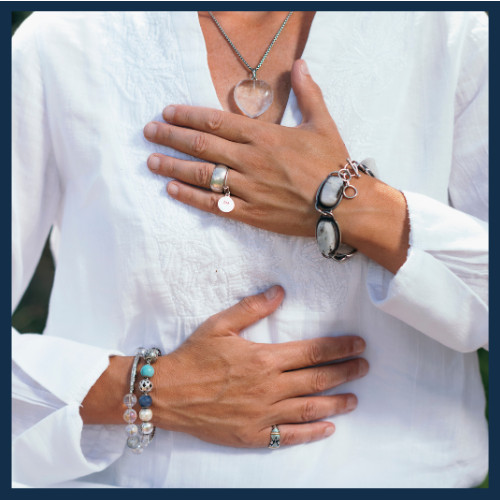
Dementia caregiving can be mentally, physically, and emotionally taxing. The constant demands, coupled with moments of unpredictability, can leave you feeling drained and overwhelmed. Finding tools to manage stress and remain present during difficult moments is vital—not just for your well-being, but also for the person you care for.
Mindfulness and meditation offer simple, effective techniques that can help ground you, reduce anxiety, and provide mental clarity. You don’t need hours of quiet time or any special equipment. These practices can fit seamlessly into your day, offering small, restorative moments of calm. Even five minutes of mindfulness can have a profound impact on your mood, focus, and resilience.
Let’s explore techniques tailored to the unique challenges caregivers face—practices you can use anytime, anywhere to center yourself.
1. Focused Breathing
Breathing exercises are at the heart of mindfulness. They’re easy to practice, require no preparation, and offer instant stress relief. When you focus on your breath, you interrupt the cycle of racing thoughts and re-center your awareness on the present moment.
Here are two powerful breathing techniques you can try:
- 4-7-8 Technique:
- Inhale through your nose for a count of 4.
- Hold your breath for a count of 7.
- Exhale slowly through your mouth for a count of 8.
Repeat this cycle 3-4 times to calm your mind and body.
- Box Breathing(or square breathing):
- Inhale for 4 counts.
- Hold your breath for 4 counts.
- Exhale for 4 counts.
- Pause and hold for 4 counts.
Visualize tracing the edges of a square as you breathe to help focus your mind.
When to use it: Focused breathing can be especially helpful during moments of overwhelm—like when responding to challenging behaviors or during transitions in care.
Product Recommendation: The Calm App – A user-friendly app that offers guided breathing exercises to help regulate your nervous system and reduce stress.
2. Body Scan Meditation
Body scan meditation is a mindfulness practice that helps you reconnect with your physical body and release accumulated tension. Caregivers often hold stress in their shoulders, neck, or back without even realizing it.
Here’s how to do a body scan:
- Find a quiet space and sit or lie down in a comfortable position.
- Close your eyes and take a few deep breaths.
- Starting at the top of your head, bring awareness to each part of your body as you slowly work your way down to your toes.
- Notice any areas of tension or discomfort without judgment. Breathe into those areas, imagining the tension melting away with each exhale.
Even a quick 5-10 minute body scan can leave you feeling lighter and more relaxed.
When to use it: Try a body scan meditation before bed to release tension from the day or during a short break when you feel physically or emotionally fatigued.
Product Recommendation: Again- The Calm App! It's SO good!! (not an affiliate- just use it and love it!) – Audio-guided meditations make it easy to follow along and fully relax.
3. Mindful Walking
Mindful walking combines movement with meditation, offering a refreshing way to clear your mind. Unlike traditional meditation, mindful walking allows you to be fully present while engaging in a simple physical activity.
How to practice mindful walking:
- Choose a quiet, safe space to walk—whether it’s indoors, in your yard, or at a park.
- Walk slowly and focus on each step, feeling the sensations of your feet connecting with the ground.
- Take deep, rhythmic breaths as you walk, synchronizing your breath with your steps.
- Observe your surroundings without judgment—notice the sounds, colors, or sensations in the air.
Why it works: Combining mindfulness with movement helps release pent-up stress and keeps you engaged in the present moment.
When to use it: Incorporate mindful walking during breaks or while accompanying the person you care for on short walks.
Tip: If it’s not safe to leave the house, mindful walking can be done indoors, pacing slowly from room to room.
4. REFLECTIVE PRACTCE
Reflection helps caregivers process their experiences, uncover meaningful moments, and build resilience. By setting aside a few moments each day, you can gain clarity and emotional balance.
Simple ways to reflect:
- Morning Intentions: Start the day by considering what you hope to achieve or focus on.
- Evening Reflections: Before bed, think about what stood out during the day and what you learned.
- Journaling: Write down your thoughts to process emotions and gain perspective.
Why it works: Reflection creates space to process your thoughts and emotions, offering insights into challenges and triumphs. It fosters self-awareness, reduces stress, and strengthens your ability to handle caregiving demands.
When to use it: Incorporate reflection during quiet moments, such as mornings, evenings, or after stressful situations. It’s especially helpful during transitions or when you need to regain focus and perspective.
Product Recommendation: 365 Days of Care: A Reflection Journal for Dementia Caregivers offers daily prompts to help you reflect on your caregiving experiences, process challenges, and celebrate small victories. It’s your guide to mindfulness and personal growth.
Discover the journal and start reflecting today.check it out on amazon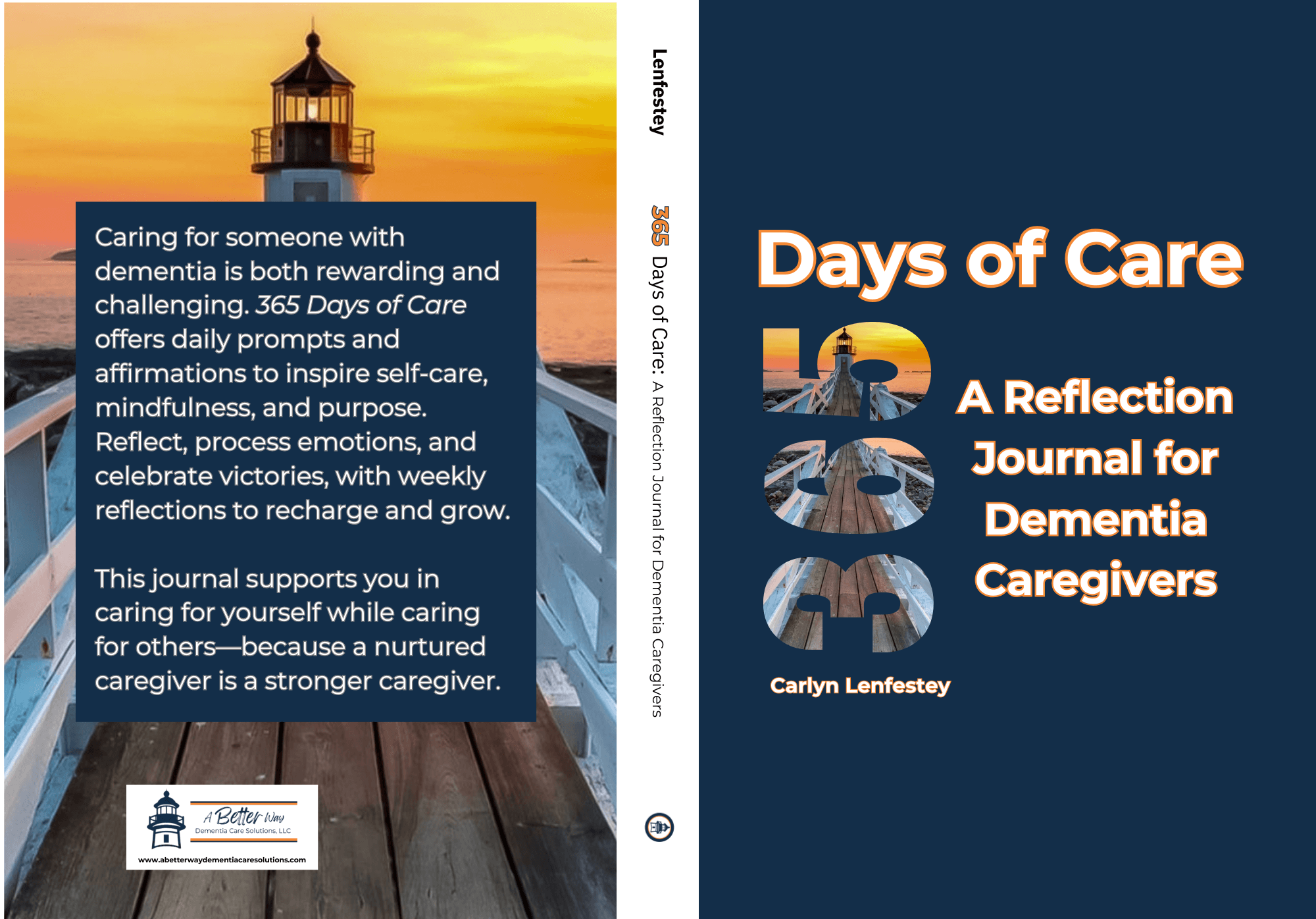

5. Loving-Kindness Meditation
Loving-kindness meditation is a practice that promotes compassion for yourself and others. For caregivers, this can be especially powerful as it helps soften feelings of frustration, guilt, or resentment.
How to practice loving-kindness meditation:
- Sit comfortably, close your eyes, and take deep breaths.
- Repeat kind wishes for yourself: “May I be happy. May I be healthy. May I live with ease.”
- Gradually extend these wishes to others—first to someone you love, then to the person you care for, and even to yourself in moments of struggle.
- Imagine sending warmth and kindness to each person as you say these words.
When to use it: Loving-kindness meditation can help you cultivate patience and compassion during difficult caregiving moments.
Tip: Don’t force feelings; simply repeat the phrases with intention and openness.
Conclusion
Mindfulness and meditation are powerful tools that allow dementia caregivers to manage stress, improve emotional balance, and reconnect with moments of peace. Start small—just 5 minutes a day—and explore which techniques resonate with you most.
Whether it’s focused breathing, body scans, or a gratitude practice, these techniques will empower you to care for yourself while maintaining a sense of calm and clarity. As you build mindfulness into your daily routine, you’ll find it easier to navigate caregiving challenges with grace, patience, and renewed energy.
Call to Action:
Join Our Private Caregiver Community
If you're looking for a safe space to share your caregiving experiences, ask questions, or simply connect with others who understand the challenges you face, join our private Facebook support group for caregivers. It's a supportive, empathetic community where you can find encouragement and answers when you need them most. Click here to join.
Subscribe to Our Newsletter & Download Your Free E-Book
For more valuable tips, resources, and updates on dementia care, click here to subscribe to our newsletter today!
Looking for activities to try with the person you are caring for? To explore dementia-friendly games and activities in our Etsy shop, click here.
To help you prepare for and manage doctor’s appointments with the person you care for, click here to receive our free downloadable e-book, Navigating the Doctor's Office: A Caregiver’s Guide.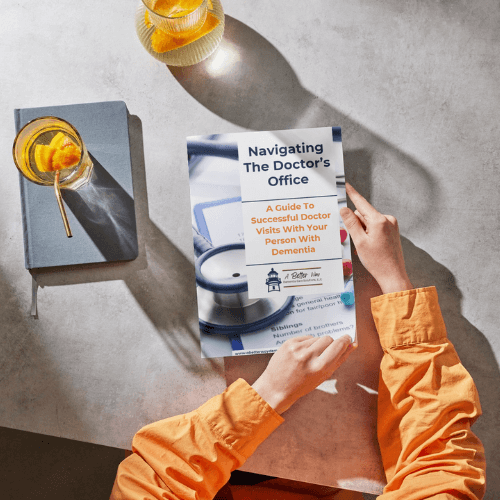

Affiliate Disclosure
A Better Way - Dementia Care Solutions, LLC participates in the Amazon Associates Program, which means we earn a small commission when you buy through links on our site, at no extra cost to you. We only recommend products that we believe can help caregivers on their journey.
Disclaimer: The information provided in this blog is for educational purposes only and should not be considered medical advice. Always consult with a doctor or a licensed physical therapist before starting any new exercise routine, using assistive devices, or following the recommendations mentioned. Every individual’s needs are different, and professional guidance is essential to ensure safety and appropriateness of care.
Want to keep figuring this out together?
Subscribe to Finding Our Way in Dementia Care and get honest stories, helpful tips, and gentle support delivered to your inbox every week. Just real talk, grounded care, and space to breathe.
Subscribe to Finding Our Way in Dementia Care and get honest stories, helpful tips, and gentle support delivered to your inbox every week. Just real talk, grounded care, and space to breathe.
Kind truth. Clear steps. Warm guide.

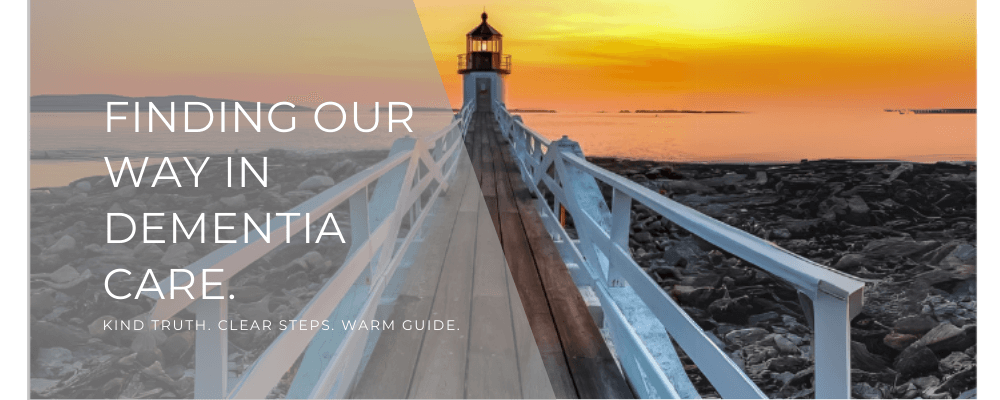
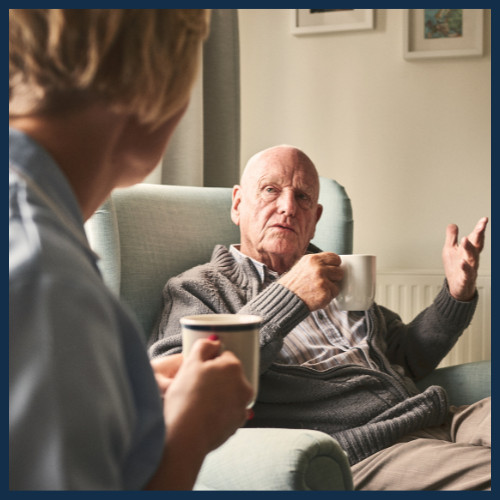
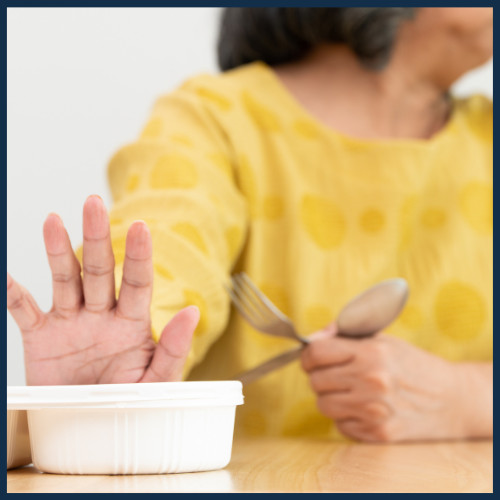
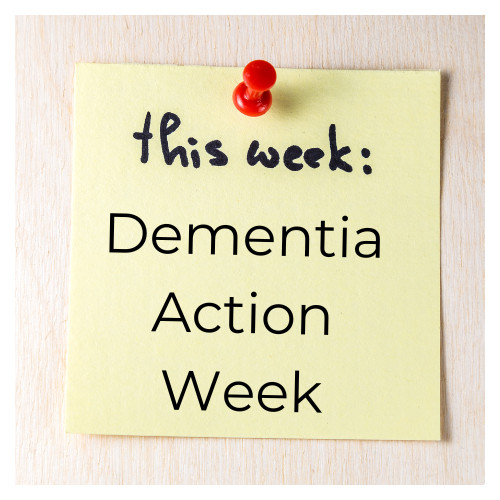
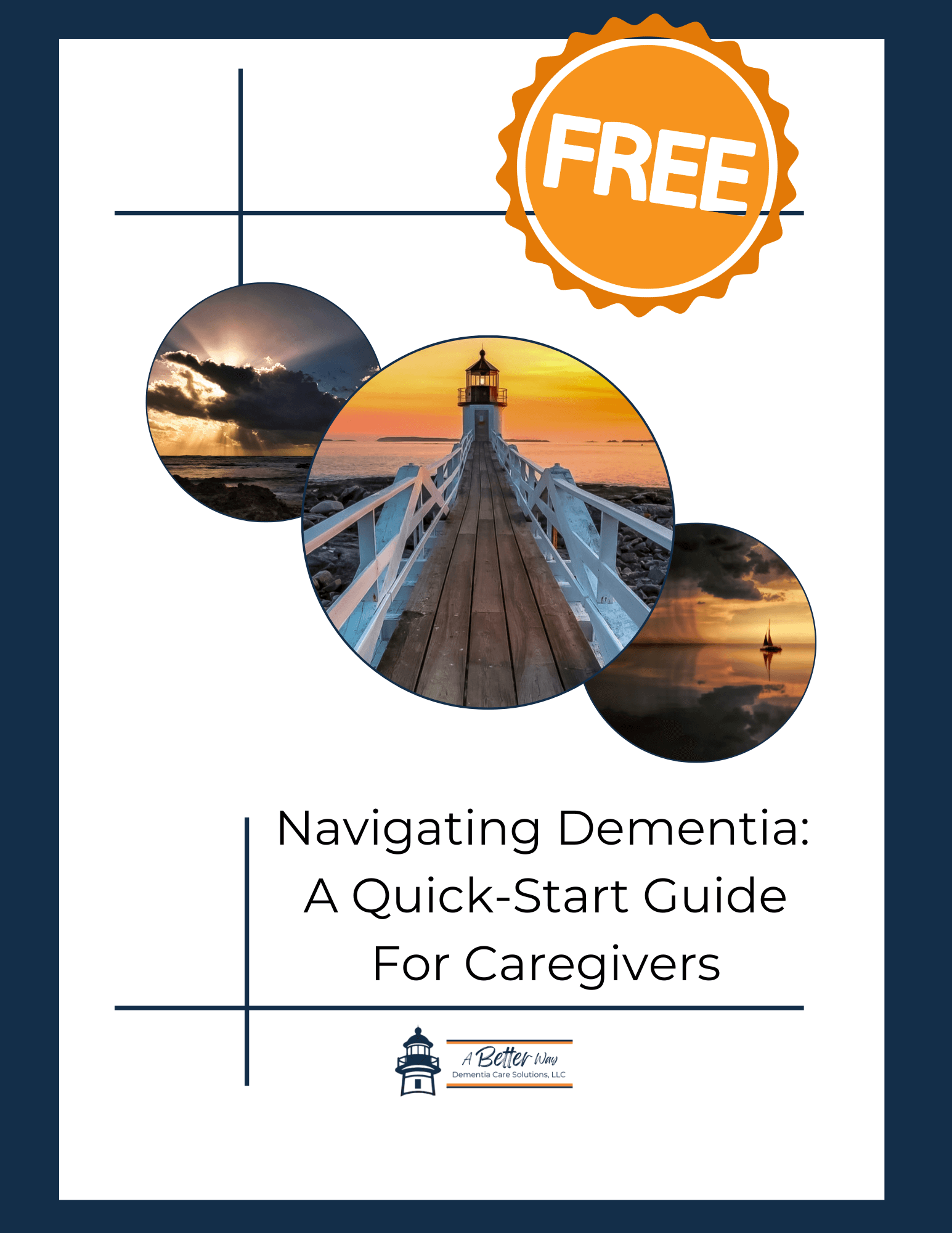

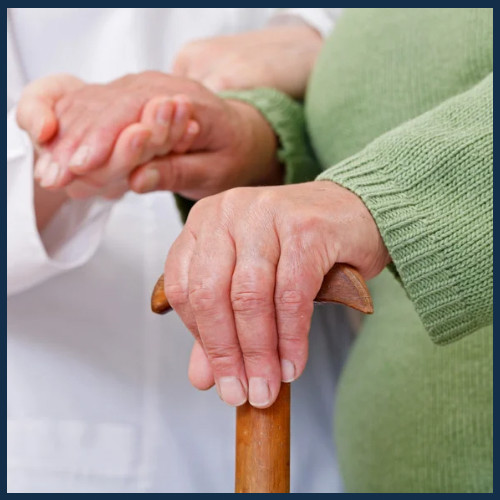
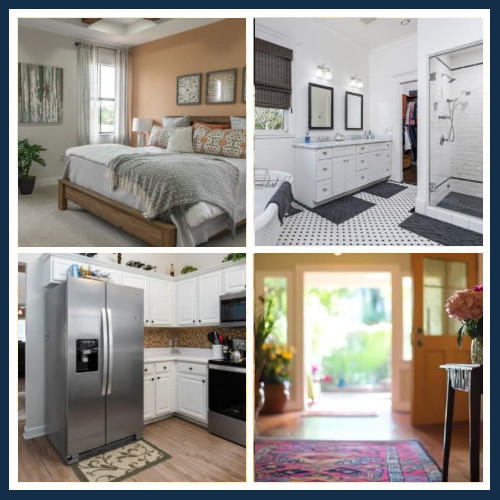
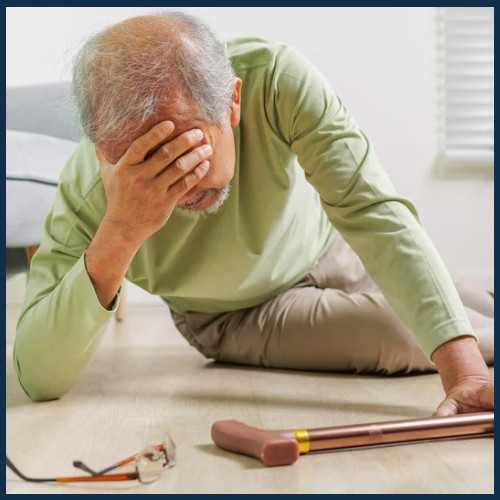
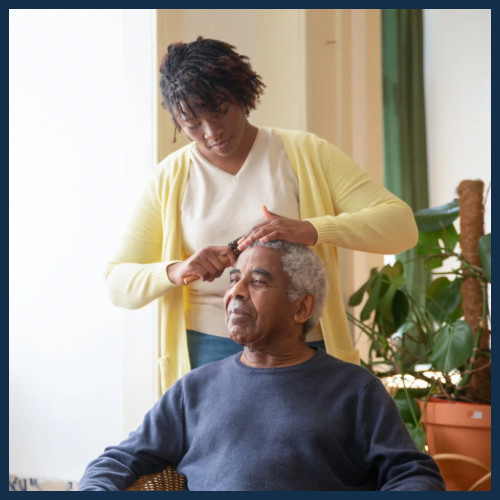

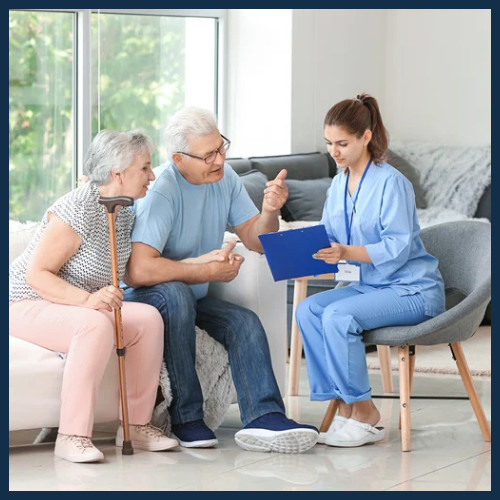
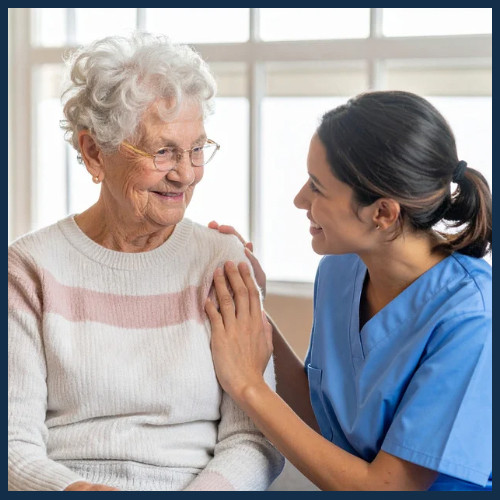
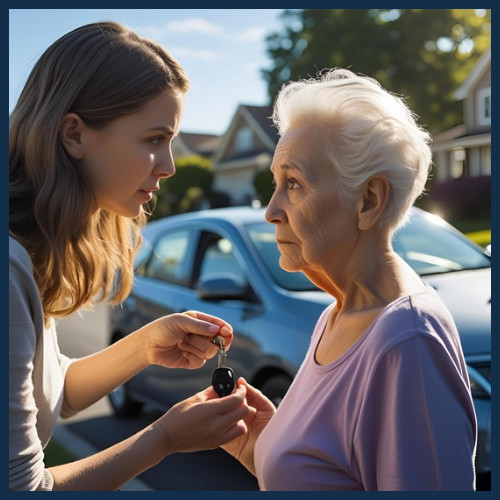
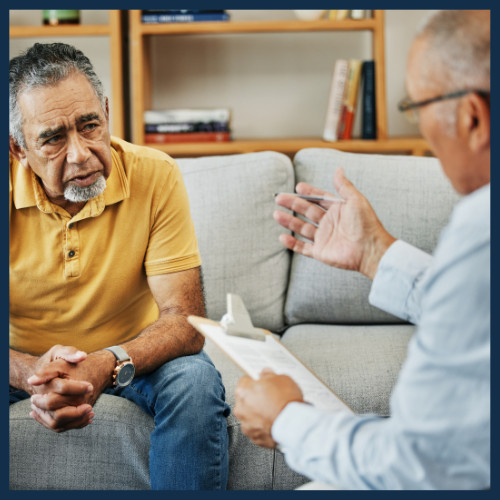

0 Comments